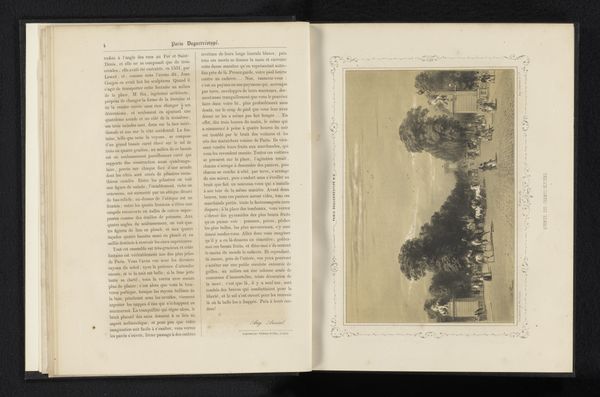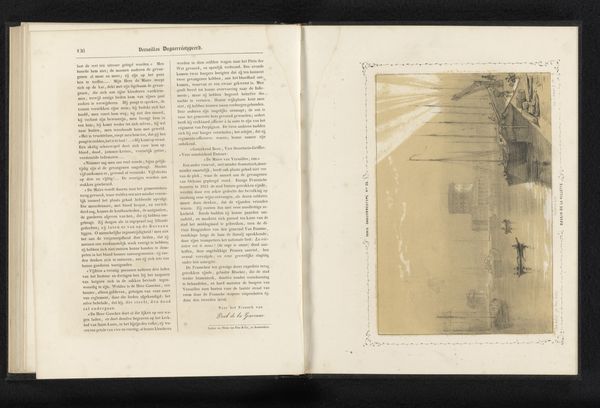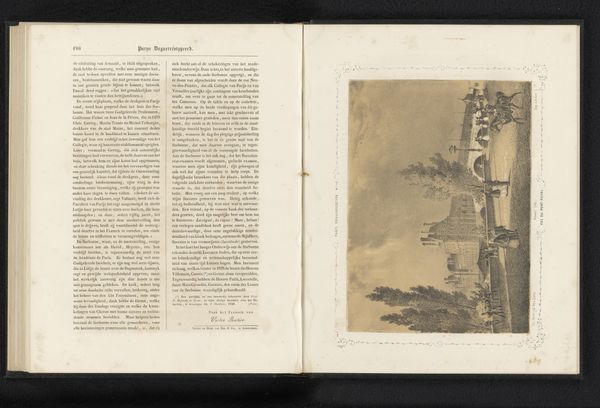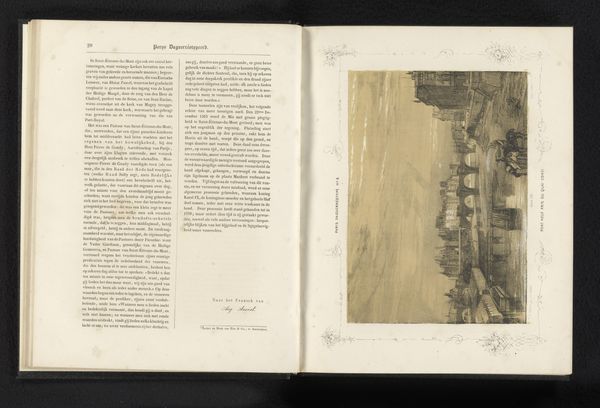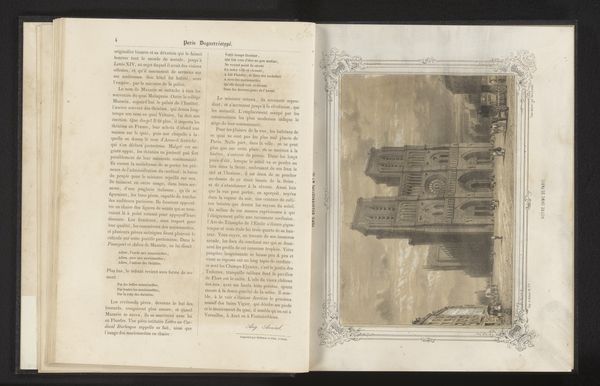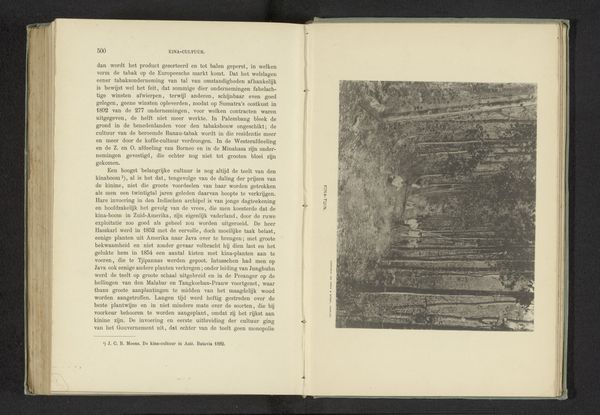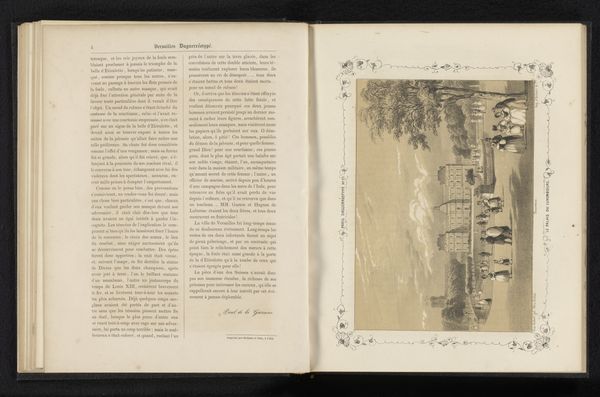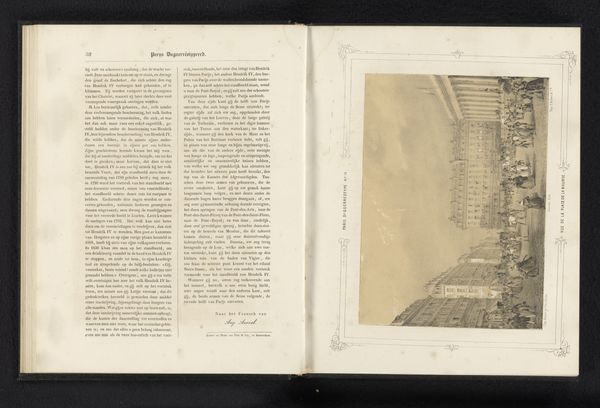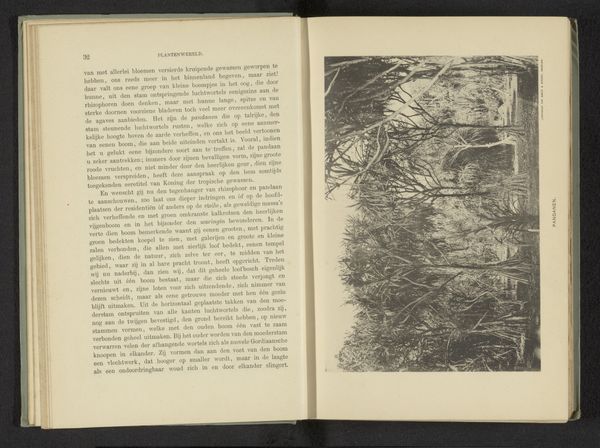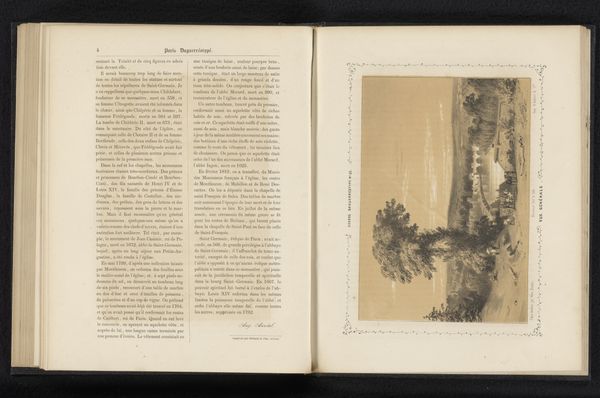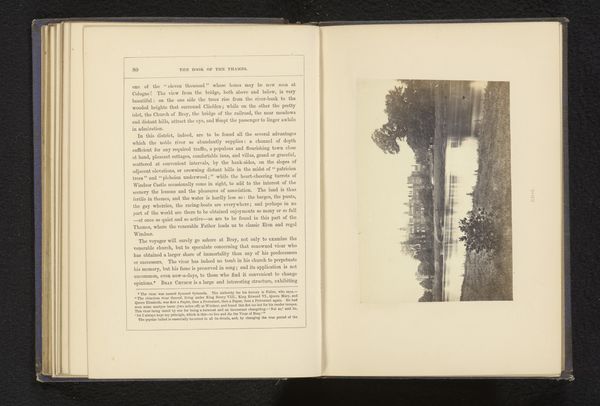
print, engraving
# print
#
landscape
#
romanticism
#
engraving
Dimensions: height 210 mm, width 260 mm
Copyright: Rijks Museum: Open Domain
Editor: Here we have "Jardin des Plantes in Paris," a print made before 1840 by Jean Louis Tirpenne, currently held at the Rijksmuseum. Looking at it, I’m struck by how orderly yet serene the landscape appears. The rows of trees receding into the distance, punctuated by figures strolling, create a definite sense of depth and perspective. What stands out to you when you look at this engraving? Curator: It’s an intriguing piece of graphic work. Consider the visual language— the formal elements are very clearly articulated. How does the artist manipulate line and tone to generate a sense of depth, even though the piece exists on a flat plane? We see the trees and figures gradually diminishing in scale, contributing to the illusion of receding space. Editor: It’s amazing how the artist creates that feeling with such delicate lines, layering darker tones near the foreground trees to highlight the people in the mid-ground. It is definitely very detailed. Is that intentional? Curator: Precisely. Note, as well, how the balanced distribution of light and shadow sculpts the scene, imbuing it with a rather tangible quality. Do you think there might be symbolism associated with the use of precise details? Or does it only offer an interesting representation of a public park at the time? Editor: Perhaps it elevates the status of this location. It seems important to render all these fine points when documenting the space. Thank you, looking through a Formalist perspective made it a lot clearer why these engravings may be as significant as paintings of this era. Curator: Absolutely. Understanding formal techniques allows us to decipher what the artwork conveys. The artistic intention can be seen clearly through careful assessment of formal features.
Comments
No comments
Be the first to comment and join the conversation on the ultimate creative platform.
